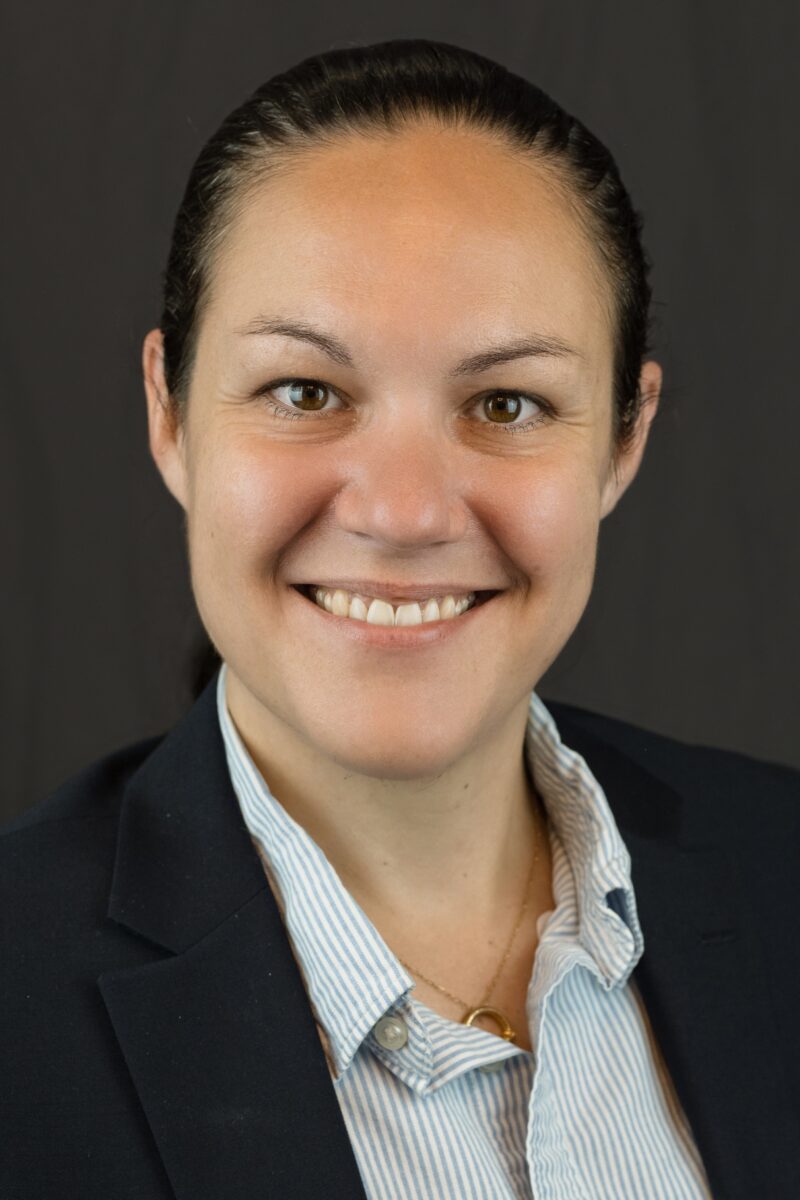Operation Fuel, Connecticut”™s only year-round emergency energy assistance program, recently named Gannon Long as its chief program officer. In her new position, Long will manage Operation Fuel”™s utility assistance and clean energy programs.

Long joined Operation Fuel in May 2020 as the organization”™s first policy and public affairs director. The Business Journals recently spoke with her regarding the organization”™s role after a winter of record-breaking heating and electricity costs burdened by Connecticut residents.
Congratulations on your recent appointment as Operation Fuel”™s chief program officer. What are the duties and concerns that you are inheriting with your new job? Because if I’m not mistaken, I believe think there was a record number of Connecticut residents who were tapping into Operation Fuel this winter.
You’re definitely right about that. We’ve been around since the late 1970s, when Operation Fuel was founded as a response to the oil crisis ”“ we were helping families that have fell through the cracks to heat their homes. Today, the majority of customers we serve are electric customers, because Connecticut has some of the highest electricity rates in the country.
We were somewhat lucky in terms of the milder winter this year. But despite that, we saw a record demand ”“ a more than 100% increase in families applying for help over the previous year. And the same time that this was happening, the State Energy Assistance Program ”“ which is much bigger than Operation Fuel”™s and has federal funding ”“ saw demand go up about 25% this year.
Also, this was at same time that a lot of money ran out from the Covid ARPA benefits and funding that’s been there the last couple of years to help take care of folks that are struggling from the pandemic. And so, people are struggling.
It’s been a challenging year. We’re very proud of our team ”“ we’ve been very responsive to the demand and we really pride ourselves on being flexible in meeting the customer where they are. But typically, our program runs until May and sometimes even June ”“ this year, we had to end in April because we have to make sure that we can sustain our work when we’re planning to open back up in Aug. 1.


What’s on tap for Operation Fuel during the summer months?
Operation Fuel is not just involved in energy assistance, but more and more we’ve been focused on how do we reduce people’s energy burden in the first place. We’ve been working with researchers and we do a study every few years on utility affordability in Connecticut. We’ve been working on releasing a study, probably later this month or next month, that is going to look at energy, housing, transportation and water affordability by census tract across the state. And we have interactive maps that we’re going to publish ”“ it’s a combination of how much are you paying for energy costs and how much income do you make. The researchers found that the affordability gap ”“ the difference between what people are expected to pay and what they can pay ”“ has increased by 37% in the last two years, so that’s pretty extraordinary.
We’ll be posting that study and sharing it with policymakers, doing public events to talk about it and help people get the information. Also, in terms of that work, we have been engaging more with the Public Utilities Regulatory Authority and in partnership with the utilities to try to connect customers to clean energy opportunities. We have a partnership with each of the utilities where we’re helping to qualify customers for shared Clean Energy Facility subscriptions, where if you can’t have solar on your own home there are community projects that develop either solar or fuel cells. And Operation Fuel is going to be helping people to enroll for those programs when they come online ”“ the utilities are each running them.
Also, there’s going to be a discount rate for lower income ratepayers that starts in January 2024, and we’re working with the utilities to help identify people, develop their communications and get people enrolled in that who qualify.
How is Operation Fuel funded?
Since 2015, we’ve been included in the systems benefit charge that all ratepayers pay. We get $2.1 million each year from that, which is less than $1 a customer per year. We also have money from out-of-dollar programs ”“ if you pay your bill, the utilities will give you a box to check and you can add $1 to your bill. The utilities collect it, but all that money goes back to Operation Fuel for utility assistance.
We have some foundation grants, we have individual donors that can give online, and due to legislation that passed last year there was a provision for PURA to award notice of violation fine money to Operation Fuel. But that is a little bit more unpredictable, obviously, because we can’t predict when a company is going to violate a rule and what the penalty for that will be or when it would arrive. So, that money is harder to budget around.
What are you anticipating come August when the program starts up again?
We all need to understand that people are struggling. Things were not perfect before the pandemic, and for a lot of folks the pandemic made it worse.
I think we’re going into the summer expecting that the increased demand for assistance as part of our new normal. I don’t know exactly what it’s going to look like, but I expect we’re going to continue to see high numbers of people applying for help.
At the risk of sounding crass, are you going to have the financial wherewithal to help these people if we have a colder winter coming up?
We always do our best to be as responsive as possible to the need that we see on the ground. We’re doing more work around energy burden, and we’re doing more work around energy efficiency around connecting people to upgrade or retrofit their homes so that they’re more efficient and healthier. Ultimately, Operation Fuel is not going to be able to solve the gap all by ourselves ”“ I think our budget this year is probably around $9 million and it was $4.5 million just a couple of years ago. So, it’s going to take a lot more coordination around the state and strengthening that infrastructure to support people who are struggling, and we’re going to do the best that we can for the population that we serve.














